Grand Bazaar (Kapalı Çarşı), built in the 15th century, with an area of 54,653 square meters, it still ranks as one of the oldest and largest covered markets in the world. In other words, when coming to the Grand Bazaar visitors need to prepare themselves mentally before entering this maze of 56 interconnected arcades and more than 4,000 shops with persistent shopkeepers eager to use tricks. their relentless salesmanship.
The Grand Bazaar was commissioned by the chieftain Mehmet II (1444-1481) shortly after the Ottoman conquest of Istanbul in 1453 to provide financial resources for the Hagia Sophia. Construction of the Grand Bazaar began in 1461. The Grand Bazaar, originally a wooden structure, is now built entirely of stone and brick. Brick is used for the arches, cut stone is used at the base of the arch, and the walls are built of brick or stone.
The oldest building here is the Cevahir or İç Bedesten. The second oldest building is Sandal Bedesten. Bedesten, a domed and fireproof segment of the Grand Bazaar, takes its name from bez (fabric) and means cloth seller's bazaar. Both of these buildings are fine examples of classical Ottoman architecture.
Cevahir Bedesten, originally built for the cloth trade and separated from the rest of the Grand Bazaar by four gates, later developed into a gold and gems market. In the center of the Grand Bazaar there is also a bank. Named after a silk and cotton woven fabric, Sandal Bedesten spans an area of 2,435 square meters and is covered by 20 leaded domes. The city of Istanbul used Sandal Bedesten as an auction house from 1914 to 1980.
The Grand Bazaar reached its present size after the surrounding streets were provided with tarpaulin roofs and neighboring neighborhoods were integrated into them. Hans (inns) are two- or three-story buildings. The shops in the hans are called hucre (small rooms) and they face a square or rectangular inner building.
Each street is dedicated to a profession or a commodity. Today most of these professions have disappeared but its memory lives on through the street name. Initially the roofs of the domes were covered with lead plates. Later, clay tiles from Marseille were used and today they are covered with ordinary tiles.
The Grand Bazaar was restored after the 1894 earthquake. At that time, Western-style signs and windows began to be built. For centuries, the Grand Bazaar was the most important trade, handicraft and financial center in the Mediterranean and Near East.
Today, many people might think of the Grand Bazaar as a tourist trap, but that is a distorted truth. Certainly, without proper preparation for a visit to the Grand Bazaar, you can easily fall prey to seasoned shop owners. But if you know how to bargain like a Turkish, you can make great deals for genuine leather, carpets, gold, silver or souvenirs.
Finally, Grand Bazaar has been and is a place where businesses (import and export) thrive. In fact, it has become a top tourist attraction in Istanbul. Every day, locals and tourists still come here and bargain to get the best item, suitable for their pocket. Here are some valuable bargaining tips for the Grand Bazaar and other shops around
After a few days of walking around in Istanbul, you will notice the streets (or even areas) where all the shops seem to sell the same items. In Taksim Square you will find a string of döner (Turkish burgers) shops, in Galata, a street full of musical instrument shops, in Karaköy there is nothing but natural instruments. do, etc
For Westerners, this is against all commercial logic. Why would a salesperson want to push the competition to the max? But in Turkey, they look at it from a different angle. If someone is looking for a musical instrument, they know the area or street to go to. As a store owner or salesperson, your job is to attract customers.
The Grand Bazaar follows the same logic but is based on a larger scale and this gives you as a potential buyer a great advantage.
The shops in the Grand Bazaar offer both high-quality products and lower-quality items. The salesman of course knows the quality of every item, the cost to produce it and how much profit he can put in his pocket. Chances are you don't have a clue. It's best to know some tricks to check if it's real leather, real handmade rugs or real diamonds.
It is unlikely that you will meet the shop owner in the Grand Bazaar. The seller is most likely just a salesperson working for the owner. This means that he has to sell a certain amount of goods to reach his daily quota. Although he is required to reach the quota, he also receives a commission for what he sells.
Therefore, at the beginning of the day, he will be eager to make a sale. Even at lower rates, earn little or no commission, just to make sure he hits his daily quota. After a few hours, he may have hit his full sales. At this point, the focus will shift from just selling to please the boss, to selling to earn a nice commission.
This doesn't mean you have to wait in front of the store to open. Besides looking too eager, you won't haggle until the salesman has finished a few cups of tea to start the day. In my experience, 11am to 13pm is the right time to trade.
Never show too much interest in an item.
“Welcome my friend. How are you? , is a sentence you will hear countless times when walking around the Grand Bazaar in almost every language in the world. It's a seller's way of inviting and impressing customers to look at their store.
If you're looking for an item they have, by all means go into the store and look around. After you see something you like, don't stop there. Just check out some more products and see what else is on sale in the store. This makes it so that you don't seem to be paying too much attention to an item. Just when you're ready to start haggling, you take your favorite item and casually ask what the price is.
Don't give your best price first.
After you ask for the price of a product, the salesperson will try to get you to price the product by asking what would be your best price. Never fall into this seller's trap because once you set a price on it, that's it: you'll never be able to lower it.
Instead, get him to take the first step and set the opening bid of the negotiation process. Of course, you will be surprised and find the price too high. And the process of haggling the price for that product begins. Put the product down, without looking at any other products (you already know what's in the store), slowly start walking towards the door while looking at the store's items. If the seller really wants to make a sale, he will quickly make a new offer. Let's negotiate to get the best price for you.
Tea time
Slow and steady wins the race. Never rush into the negotiation process. It's important to keep sending the signal that you're not sure you really need to buy the product, let alone the price he's offering. The seller's selling demand should always be higher than your purchase.
It's not uncommon for them to offer you tea. First of all, they serve it in a corner of the store where other potential customers can't eavesdrop. They don't want others to hear about a discount that the seller may eventually agree to with you. Second, the seller seems to be able to allow the negotiation to pause and the conversation to become a little more personal to catch you off guard and empathize with their family's plight.
Be alert and don't buy items from sellers' stories. His kids will still be able to go to college if he lowers the price a little more. So keep playing the game, saying 'ahs', 'mmmms' and 'uuhms' until you reach a price that seems to work for both parties.
What kind of discounts should you aim for?
Well, there is no golden rule for this. In some cases the final profit will be a 35% discount, in other cases it can be more than 50%.
Last tip, getting angry or being rude won't help your bargaining but vice versa. Stay calm and don't lose your smile. Think of price negotiation as a game between two parties. Wish you happy bargaining and good luck.
Business hours:
Open daily from 8:30 - 19:00.
Closed on Sundays and all religious holidays.
Grand Bazaar (Kapal arşı)
Kalpakcılar Cd. No:22, Fatih/Sultanahmet – Istanbul
Tel: +90 212 519 12 48
 Register
RegisterSign in Travel Agent
Sign in Supplier
Sign in Affiliate
Sign in Guru

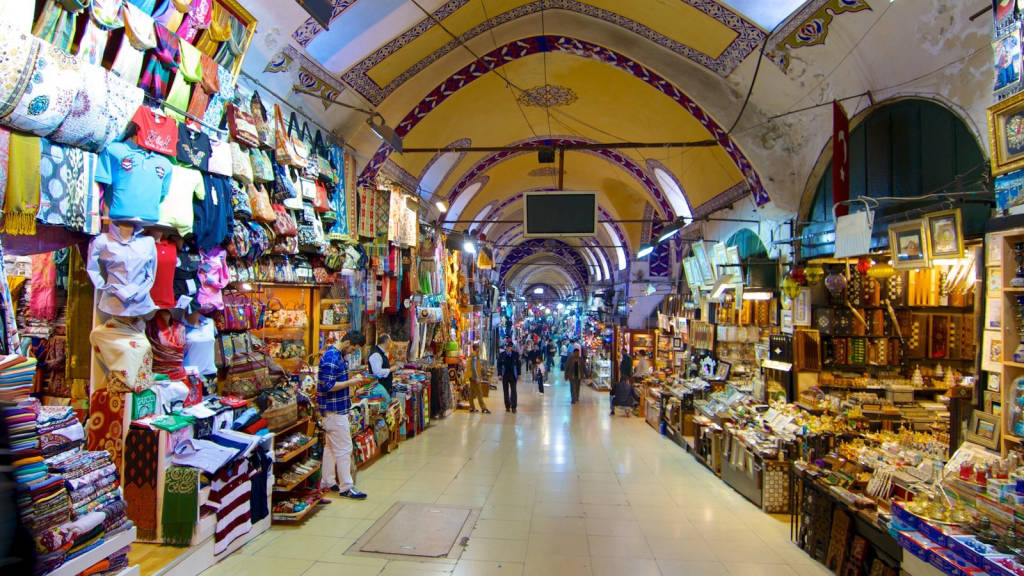
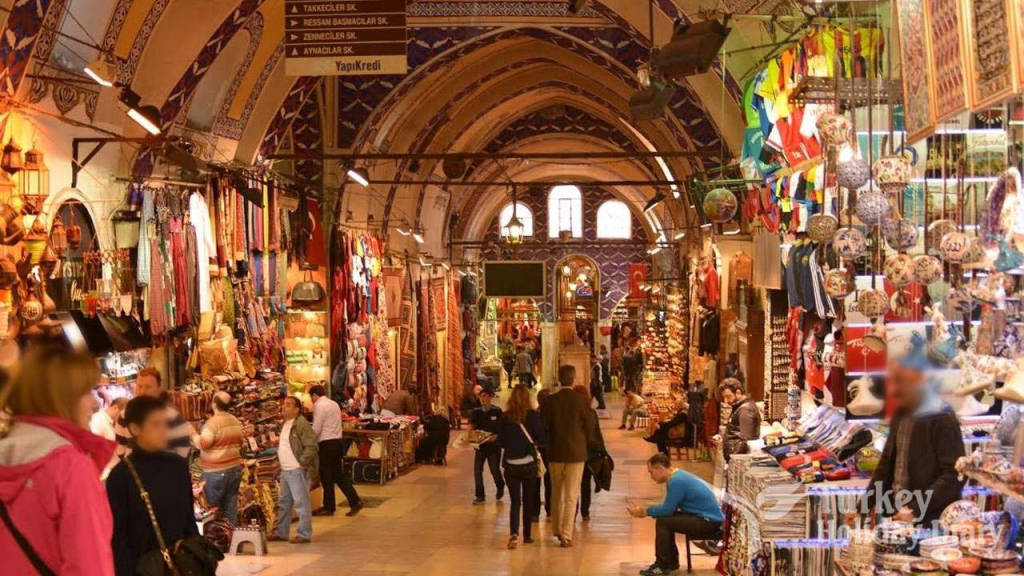
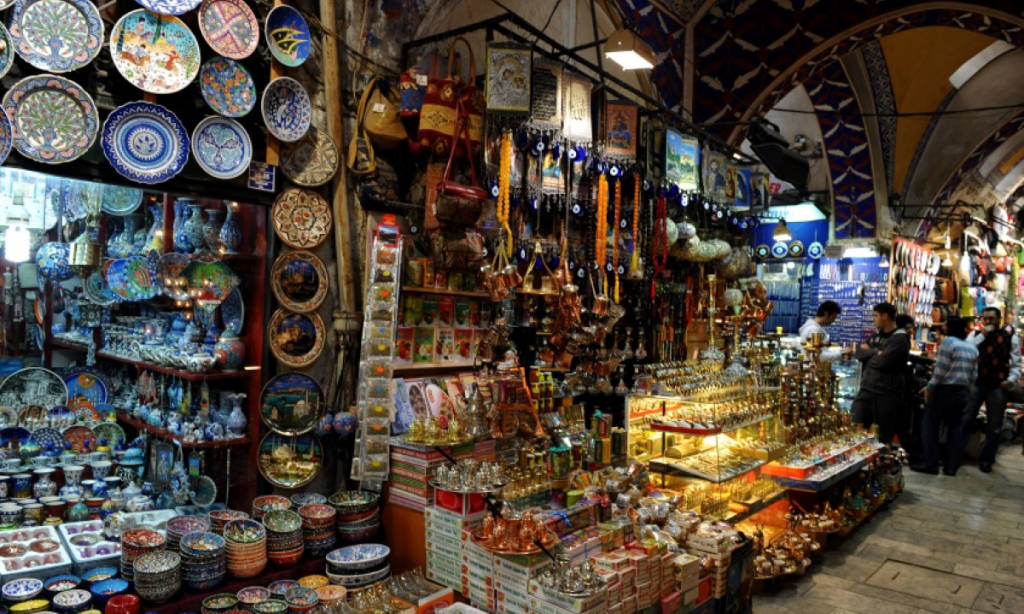
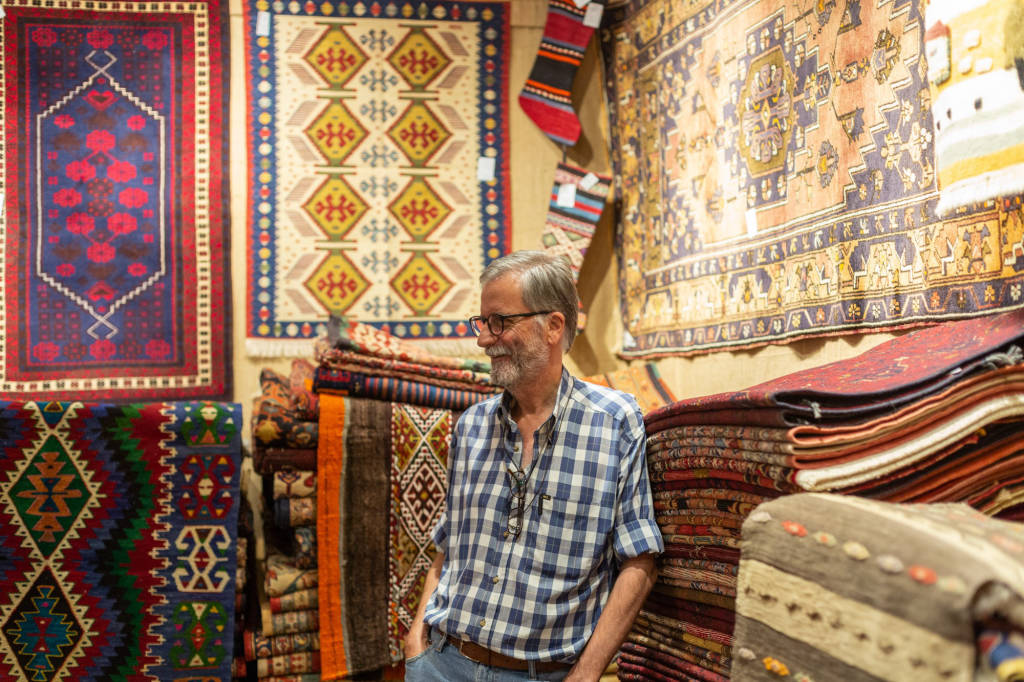
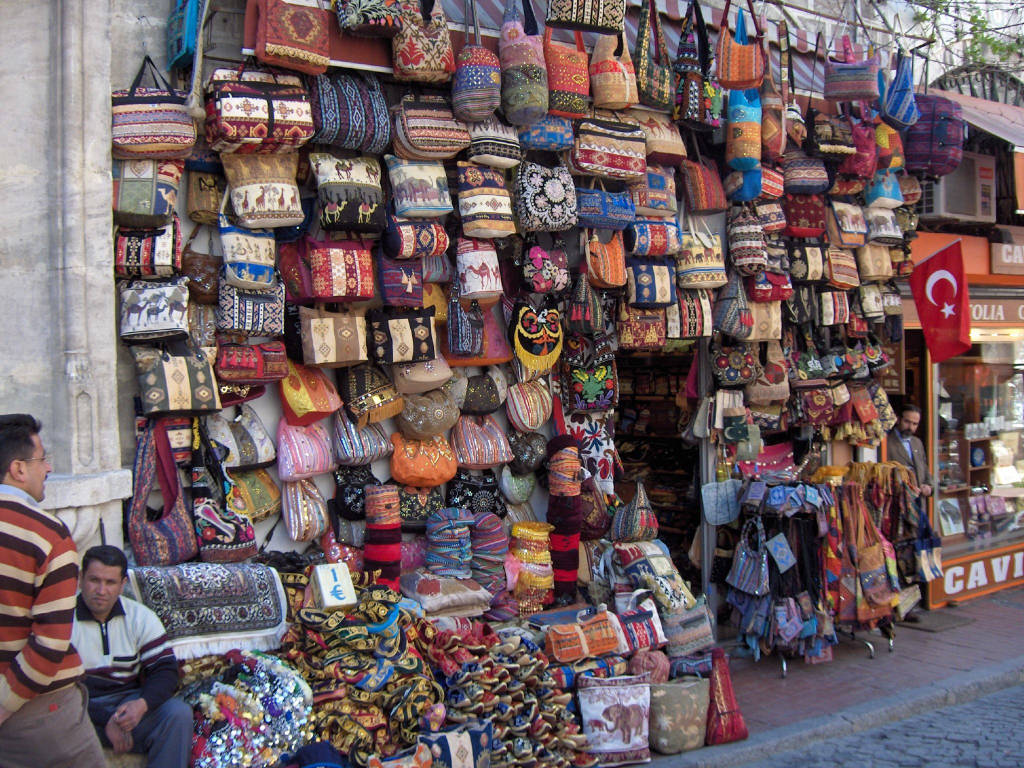
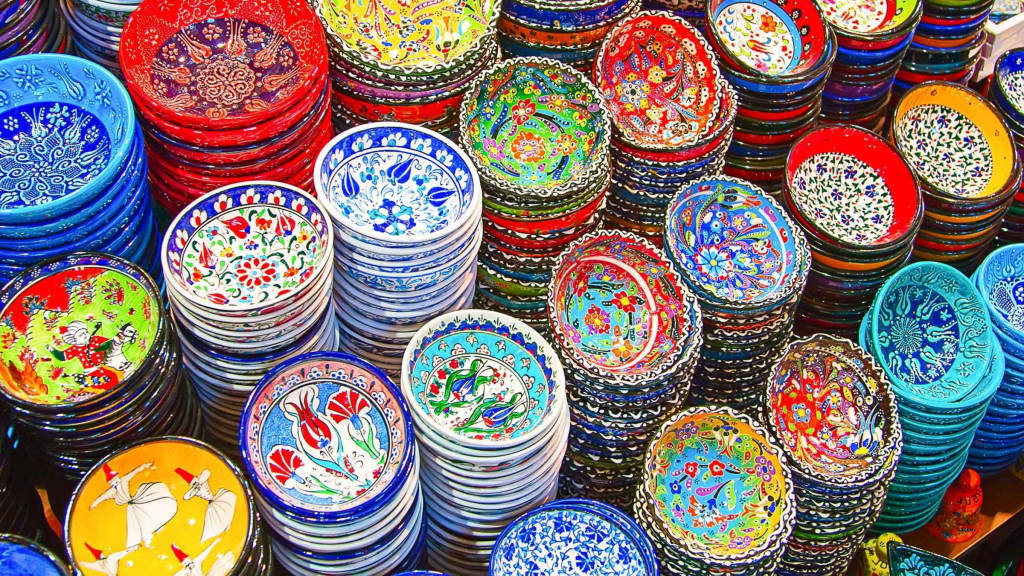
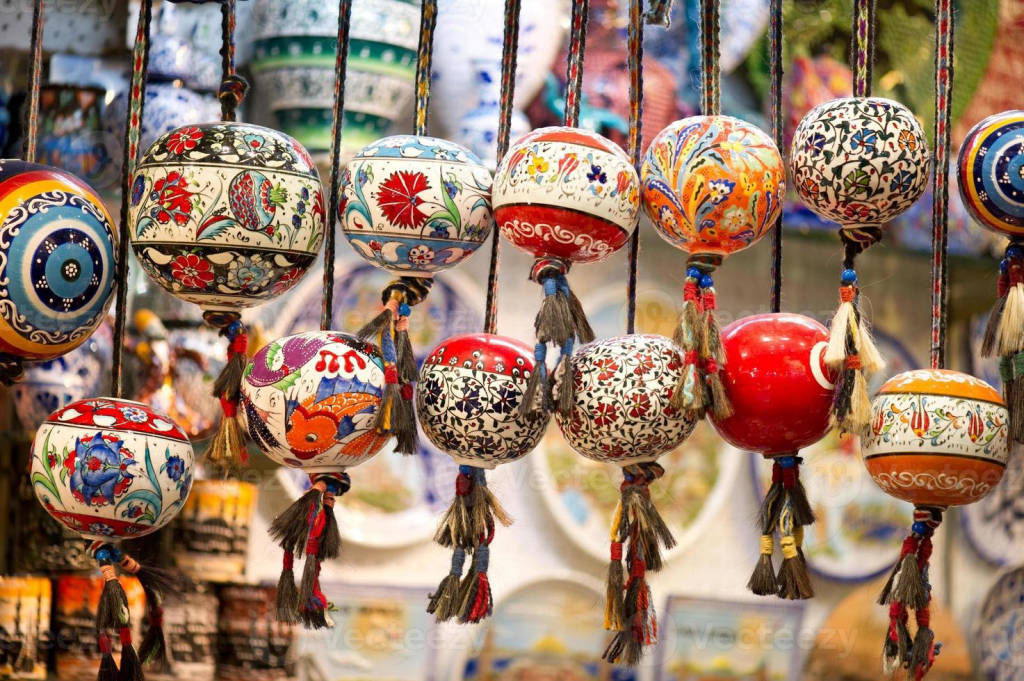
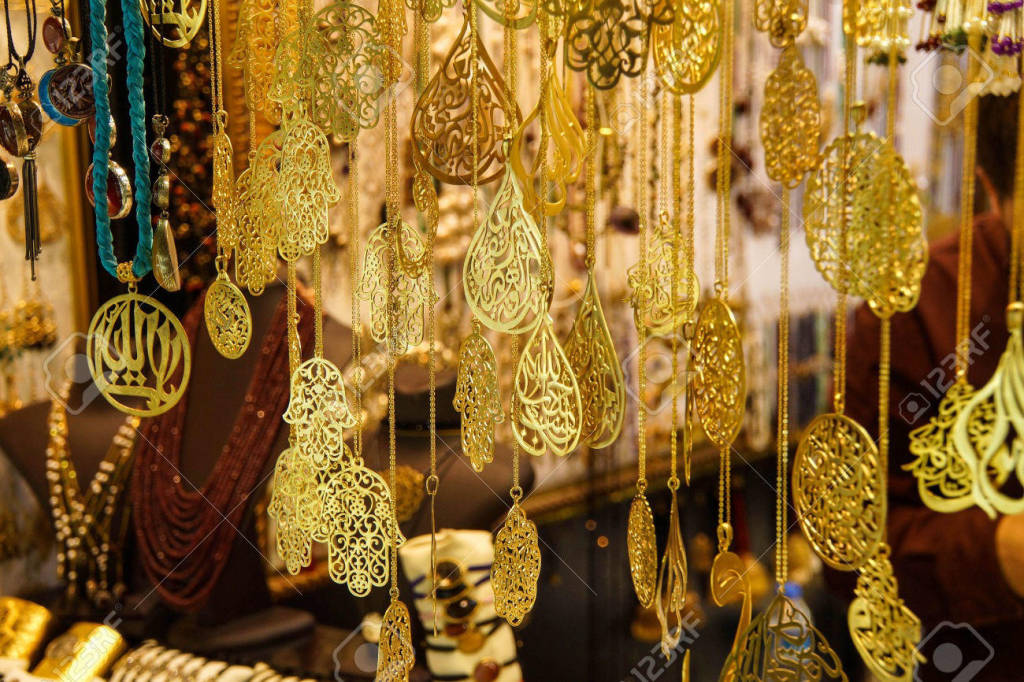
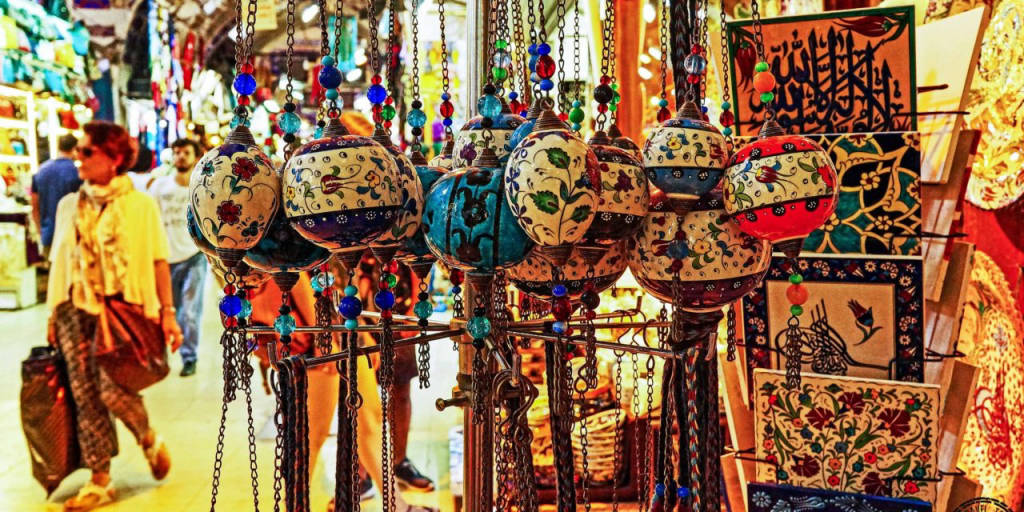









 Beyazıt, Kalpakçılar Cd. No:22, 34126 Fatih/İstanbul, Turkey
Beyazıt, Kalpakçılar Cd. No:22, 34126 Fatih/İstanbul, Turkey